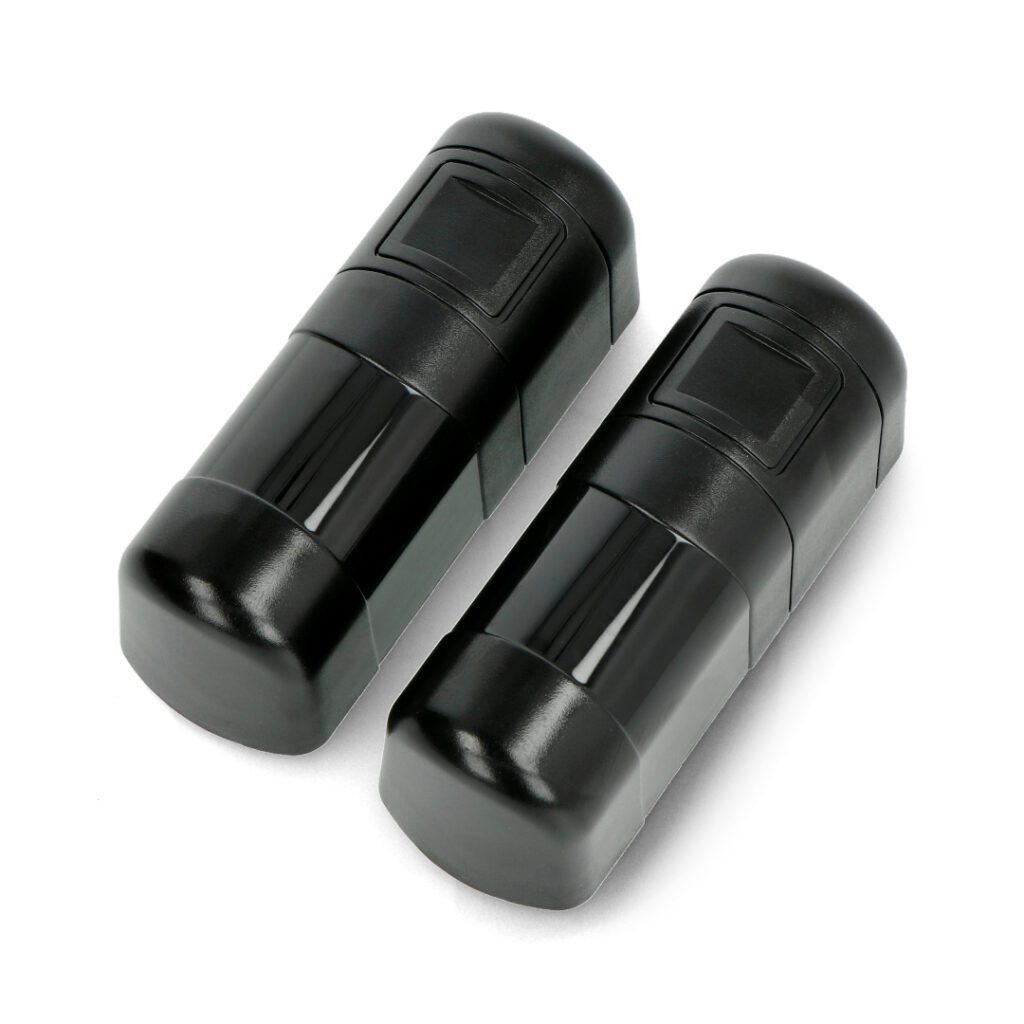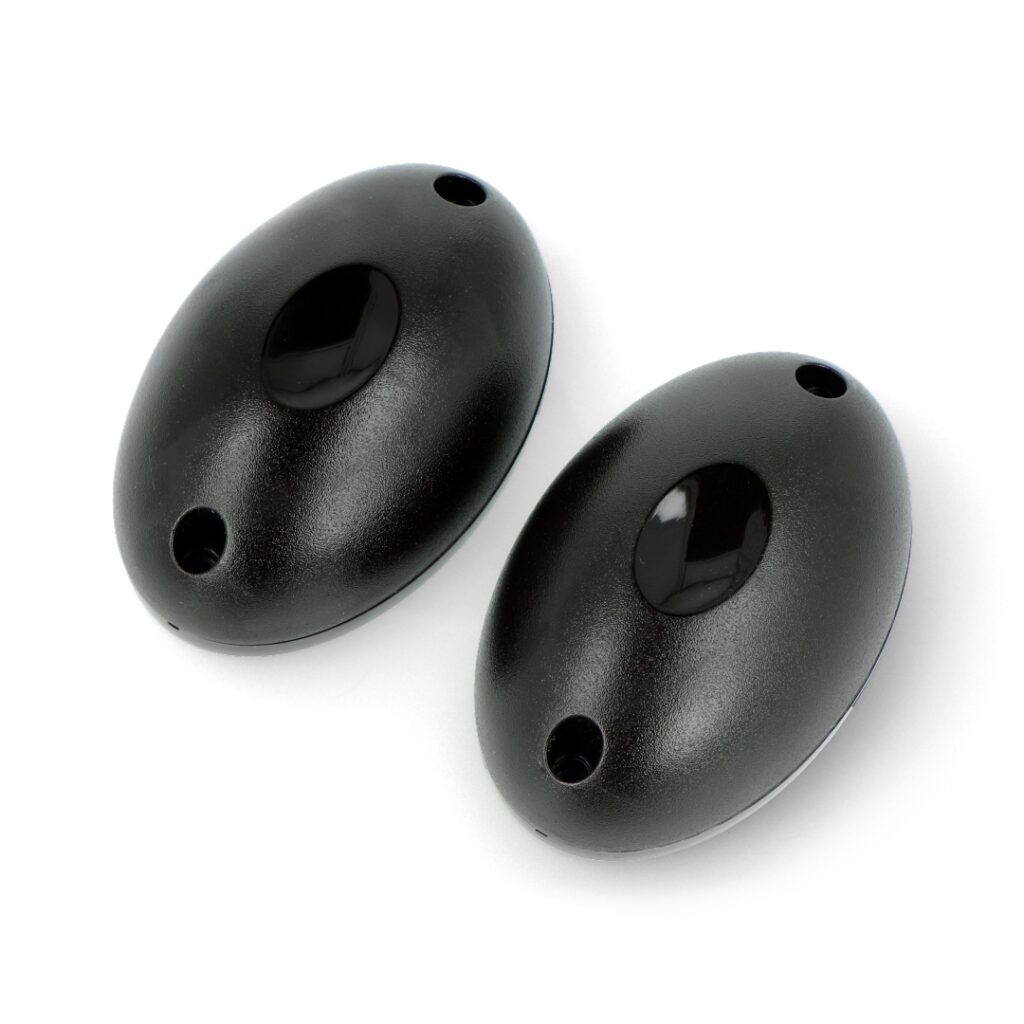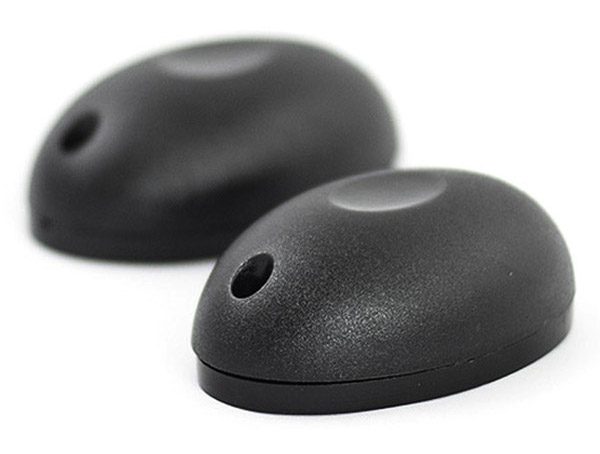Table of Contents:
A photocell with IR beam interruption sensors is a device used to detect objects. This is done through the use of infrared light.
Rotary photocells - how do they work?
The described device usually consists of an IR transmitter that emits infrared light and a receiver that detects it. As the object passes through the light beam, the receiver registers the change. As a result, it can trigger a specific action, such as setting off an alarm. The photocell transmitter generates a beam of light that is directed at the receiver. If there is an interruption of the infrared light beam, the receiver records the event. This is used, among other things. for monitoring the movement and control of machinery and for safety purposes.
Both the IR transmitter and receiver work on the principle of infrared light emission and detection. The task of the transmitter is to emit light in a specific wavelength range. The receiver, in turn, is sensitive to them and can detect them. Photocells can be powered by batteries or directly from the mains. Due to their low energy consumption, they are considered practical and efficient devices. It is also worth mentioning that they are completely safe. Indeed, small doses of infrared light are not harmful to the eyes.
An important advantage of photocells is that they can be installed virtually anywhere. It is only necessary to maintain the correct angle and distance between the transmitter and receiver. In addition, you need to take into account possible interference that could affect the work. Proper installation is key, which will preclude, for example, accidental activation of machines. Photocells can be connected to microcontrollers, such as. Arduino, directly to machine control systems, and to PCs, via USB-type interfaces. The connection method can be adjusted to suit the specific application.
Types of photocells
The devices described are based on various object detection technologies. The most common are infrared technology (IR). Such equipment is used, among other things. In garage doors, alarm systems and others that are designed to detect objects. In their favor are the low purchase cost and ease of use and configuration. On the other hand, it must be taken into account that they are particularly susceptible to interference from other light sources, such as the sun.
Another option is ultrasonic photocells. Such devices use sound waves to detect objects. They have the advantage of more precise operation, although there is a risk of interference due to the presence of other sounds or objects in the environment. Ultrasonic versions are used in applications such as. In industrial applications.
Another type is laser photocells. These are very precise devices, but their purchase involves higher costs and more complicated configuration. Their performance can be affected by weather, among other factors. Fog or rain. This type of equipment will work well wherever a high degree of accuracy is required, such as when measuring distances.
The last type is capacitive photocells. In this case, object detection is done by detecting changes in electrical capacitance. Such devices are used in industry, because they are very accurate. However, their precision is affected by changes in temperature and humidity.
As you can see, each technology has its own unique characteristics, so it can be tailored to specific conditions.
Photocells and their applications
Photocells differ from each other, among other things. technical parameters, including detection range, viewing angle, response time and weather tolerance. There are also more advanced models on the market, which are distinguished by their wide operating temperature range and resistance to harsh weather conditions.
Today, photocells are widely used in a variety of fields, such as for monitoring access to rooms, detecting objects on production belts, parking systems and door automation. In addition, they are used in a variety of applications, from simple toys to sophisticated security systems.
Also available on the market are rotating photocells, which allow for more flexible configuration. This allows them to be better tailored to the specific needs of a given application. They are most often found in gate operators, especially those that have special installation conditions or need to operate with high precision. The talk includes. About swing gates or sliding gates. In these cases, it is extremely important to precisely adjust the angle of detection to ensure maximum safety. In addition, rotating photocells are used in advanced monitoring and access control systems.
What are the distinctive features of rotating photocells?
The aforementioned rotating photocells make it possible to precisely adjust the angle at which infrared light is emitted and received. This allows the device to be adapted to different conditions and requirements. Another important advantage of such equipment is the minimization of false alarms. This results in greater system reliability. Rotary directional photocells are successfully replacing standard versions, which can have problems with effective detection in some areas. They will work well, among other things. For gates that have irregular shapes and are distinguished by a complex configuration. It’s also a good choice for sites with optical interference. The way rotating photocells work translates into a higher level of safety and more efficient operation.
To match the right type of photocell, it is necessary to know the exact requirements of the application. Infrared versions work well for general applications. In their favor is also the low price. Ultrasonic and capacitive photocells are the best choice for industry. Laser versions, on the other hand, require specialized calibration, but will serve well wherever high precision is required.
How useful was this post?
Click on a star to rate it!
Average rating 5 / 5. Vote count: 1
No votes so far! Be the first to rate this post.






















